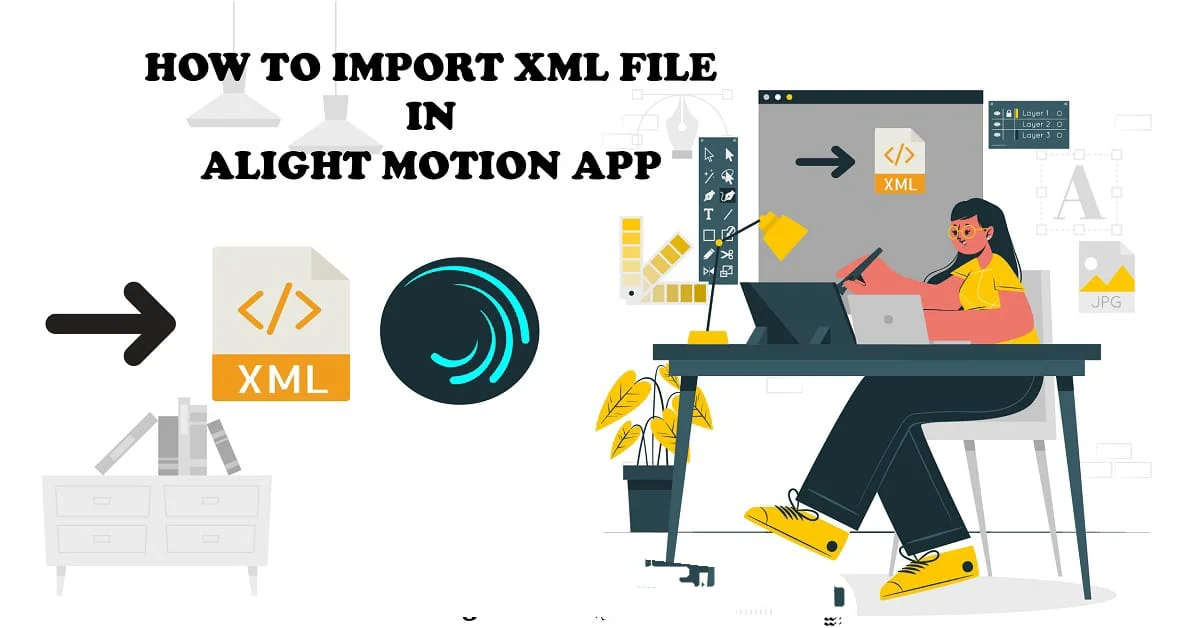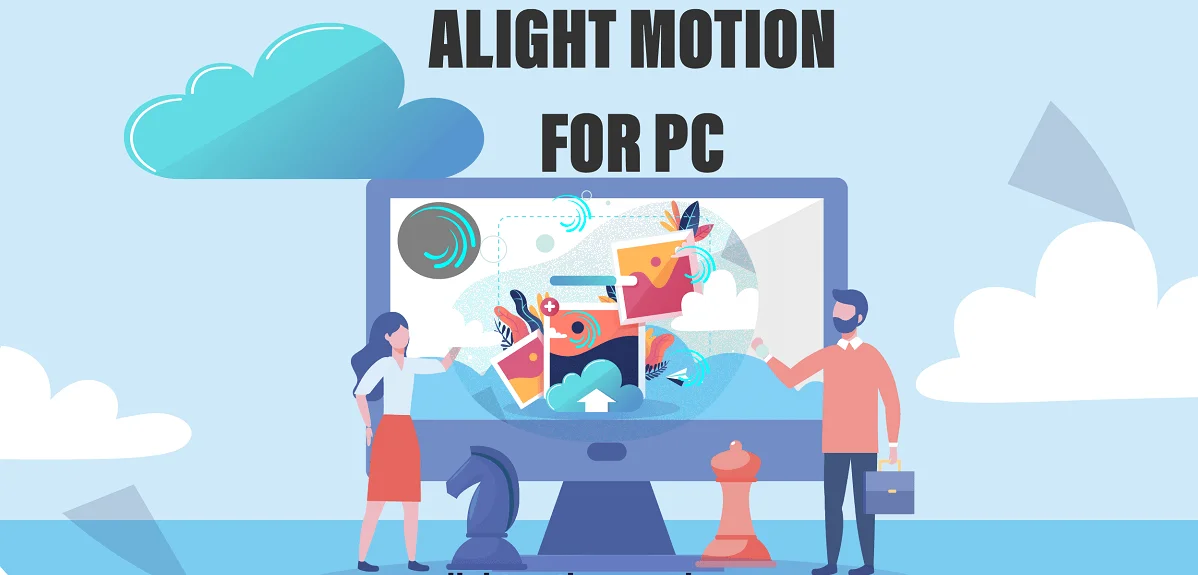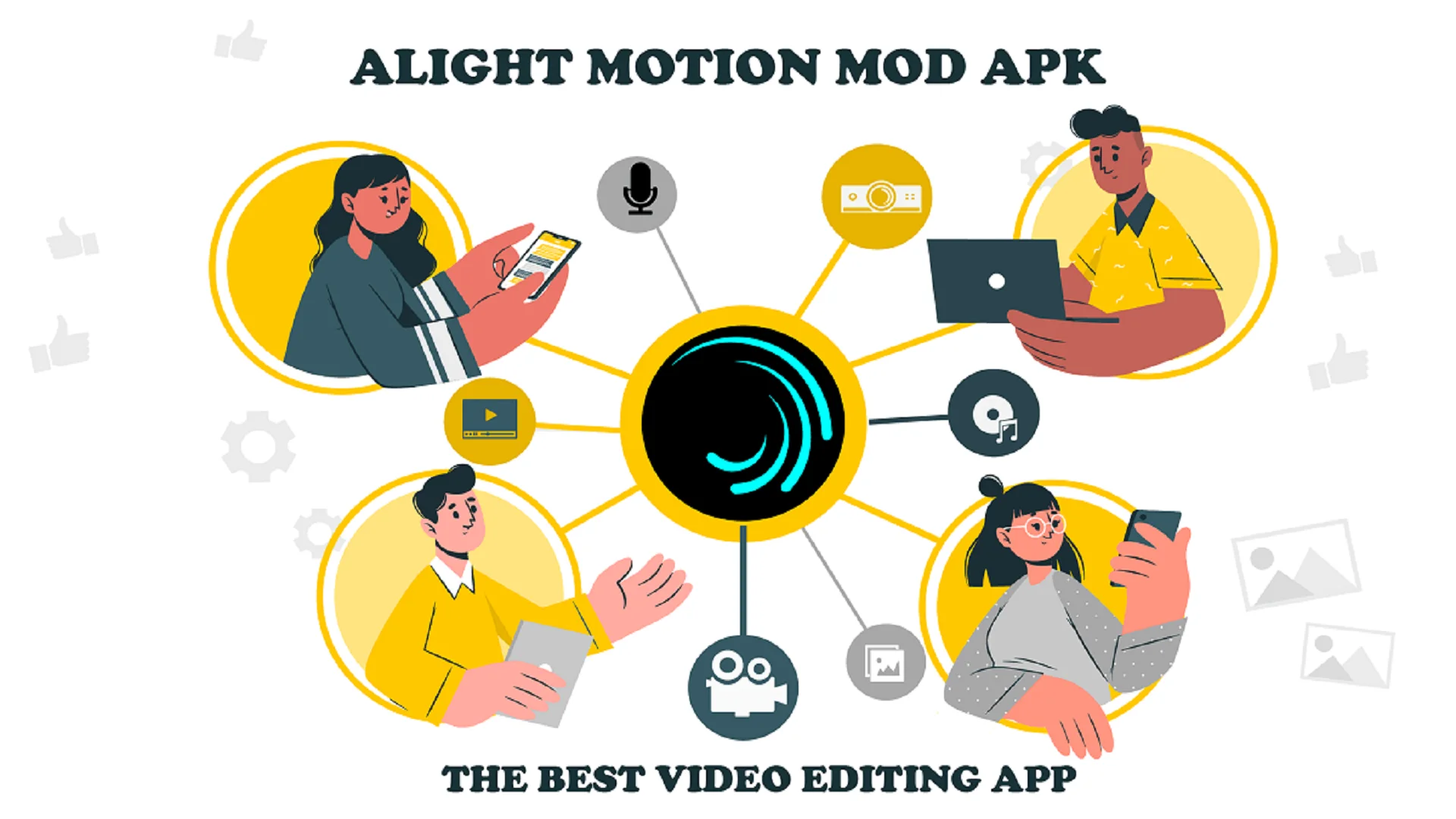Your cart is currently empty!

In 2025 How E-Readers Are Changing the Way We Read: Exploring Popular Devices like Kindle
E-readers have transformed the way we consume written content, blending convenience, portability, and technology into a seamless reading experience. As the digital era advances, devices like the Kindle are not just alternatives to traditional books; they are shaping the future of how we read and interact with literature, academic resources, and even news articles. The…
E-readers have transformed the way we consume written content, blending convenience, portability, and technology into a seamless reading experience. As the digital era advances, devices like the Kindle are not just alternatives to traditional books; they are shaping the future of how we read and interact with literature, academic resources, and even news articles.
Table of Contents
The Evolution of Reading
From clay tablets to paperbacks, reading formats have evolved to meet the needs of society. E-readers mark the latest milestone in this journey, combining the tactile pleasure of reading with the efficiency of digital storage and access. Devices like Amazon Kindle, Kobo, and Barnes & Noble’s Nook have brought reading into the digital age, offering features that make reading more accessible and enjoyable for users around the globe.
Key Features of E-Readers
Portability
These devices are lightweight and compact, allowing users to carry thousands of books in their pocket. For example, the Kindle Paperwhite weighs just 205 grams, significantly lighter than most paperbacks.
Extended Battery Life
Unlike smartphones and tablets, digital readers are designed with energy efficiency in mind. Most models, such as the Kindle Oasis, boast a battery life of weeks, not days.
Customizable Reading Experience
Readers can adjust font size, type, line spacing, and screen brightness to match their preferences. This customization improves accessibility, particularly for individuals with visual impairments.
E-Ink Technology
The use of e-ink screens mimics the appearance of ink on paper. This technology reduces eye strain and improves readability in bright sunlight, unlike the reflective glare of LCD screens.
Integration with Digital Ecosystems
Many devices come with built-in stores and libraries. For instance, Kindle users can access Amazon’s vast library, while Kobo supports Overdrive integration for borrowing eBooks from local libraries.
Popular E-Readers in 2025
Here’s a comparison of the most popular e-readers currently dominating the market:
| Device | Screen Size | Battery Life | Storage | Price (USD) |
| Kindle Paperwhite | 6.8 inches | 10 weeks | 16 GB | $139.99 |
| Kindle Oasis | 7 inches | 6 weeks | 32 GB | $249.99 |
| Kobo Libra 2 | 7 inches | 4 weeks | 32 GB | $179.99 |
| Nook GlowLight 4 | 6 inches | 4 weeks | 32 GB | $149.99 |
How E-Readers Are Changing Reading Habits
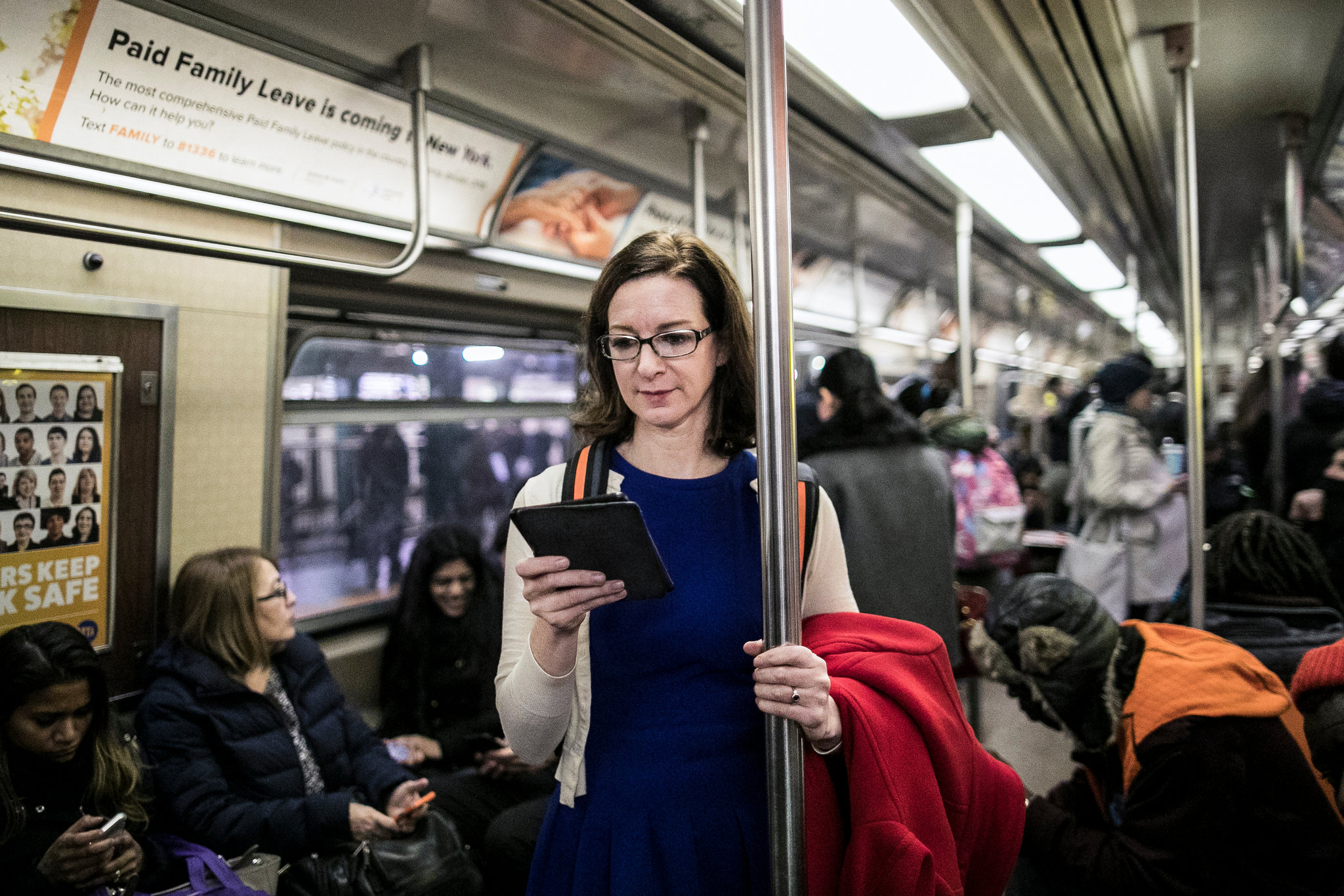
- Increased Access to Books
Digital reading devices eliminate geographical and financial barriers. With just a Wi-Fi connection, users can instantly access millions of books, including classics, bestsellers, and independent publications. - Sustainability
By reducing the need for paper and physical book production, these devices contribute to environmental conservation. A single device can replace hundreds of physical books over its lifespan. - Interactive Features
Digital readers enhance traditional reading with interactive elements such as:
- Dictionary Integration: Look up definitions instantly.
- Annotations and Highlights: Mark key sections without damaging the book.
- Sync Across Devices: Continue reading from where you left off on any synced device.
- Catering to Diverse Readers
- Students: Devices like the Kindle Scribe enable note-taking and organizing study materials.
- Elderly Readers: Adjustable font sizes and brightness levels make reading easier for aging eyes.
- Travelers: Compact size and offline access are perfect for people on the go.
- Promotion of Reading Culture
The affordability and accessibility of eBooks have revived interest in reading, especially among younger audiences who are more inclined towards digital platforms.
Case Study: Kindle’s Impact
Since its launch in 2007, the Amazon Kindle has revolutionized the e-reader market. By 2025, it has sold over 100 million units globally. Features like WhisperSync (seamless sync between devices) and Kindle Unlimited (a subscription model offering unlimited access to eBooks) have positioned Kindle as the leading e-reader. A study by Digital Book World (2024) revealed that 72% of eBook readers in the U.S. use a Kindle device.
Challenges Facing E-Readers
- Limited Functionality While excellent for reading, e-readers cannot match the versatility of tablets or smartphones.
- Cost of eBooks Although e-readers reduce costs in the long term, individual eBook prices can sometimes approach those of physical books.
- Dependence on Digital Infrastructure Access to eBooks depends on internet connectivity and digital ecosystems, which can exclude users in underprivileged areas.
Future of E-Readers
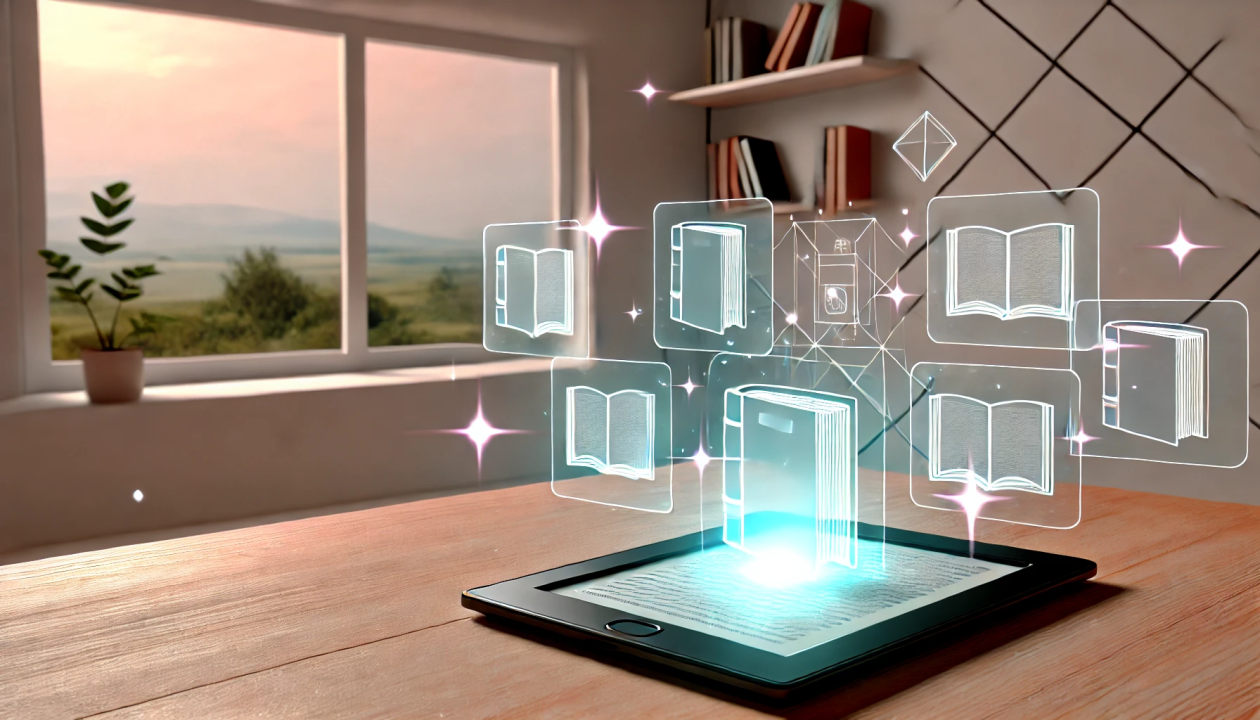
The e-reader market is poised for significant growth, with the integration of advanced technologies such as:
- Color E-Ink Screens: Enhancing graphic-heavy content like comics and educational books.
- AI Recommendations: Personalized book suggestions based on reading history.
- Voice-Assisted Navigation: Accessibility for visually impaired readers.
Forecast of E-Reader Market Growth (2020-2030) [Graph Placeholder: Line graph showing steady growth, reaching an estimated $6 billion market value by 2030.]
FAQs
Q1: Can e-readers access free books?
A1: Yes, many devices offer free books through public domain collections (e.g., Project Gutenberg) or library integrations like OverDrive.
Q2: Are they suitable for children?
A2: Absolutely. Devices like Kindle Kids Edition come with parental controls, educational tools, and curated content.
Q3: Do these devices require Wi-Fi?
A3: Wi-Fi is needed to download books, but once downloaded, they can be accessed offline.
Q4: How do they compare to tablets?
A4: These devices are optimized for reading, offering better battery life and reduced eye strain. Tablets, on the other hand, are multifunctional.
Q5: Are they eco-friendly?
A5: Yes, they are more sustainable than printed books, reducing deforestation and carbon emissions associated with book production.
Conclusion
E-readers like the Kindle have redefined reading, making literature more accessible and customizable than ever before. While challenges remain, the ongoing advancements in technology promise a bright future for e-readers, ensuring their place as a cornerstone of modern reading culture.
Interesting Read: Essential Dark Web Insights: Cybersecurity Strategies 2025
